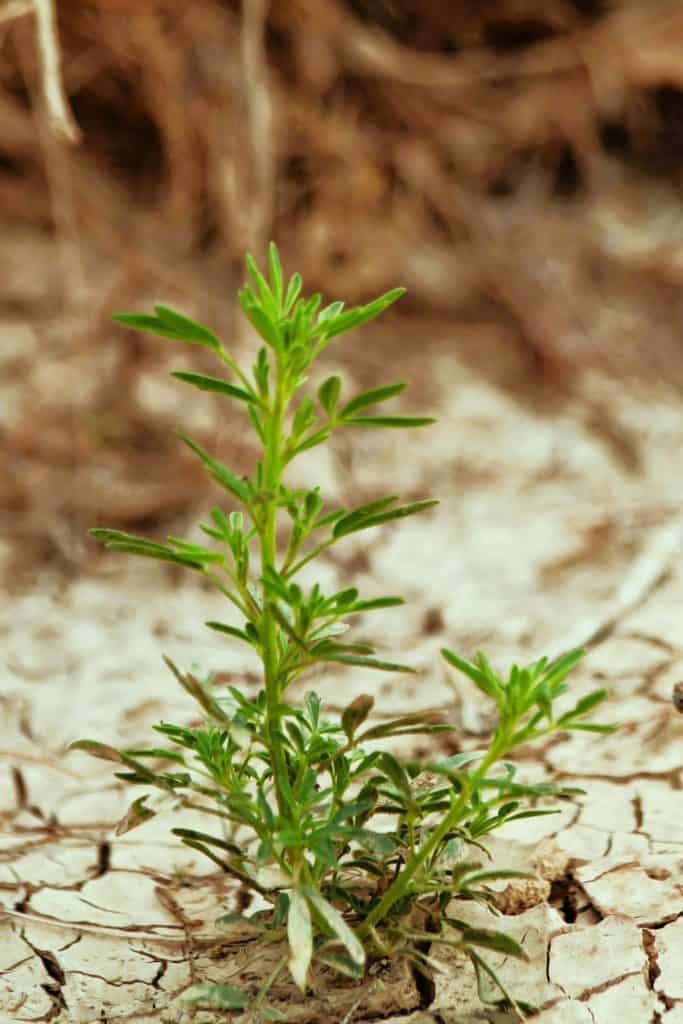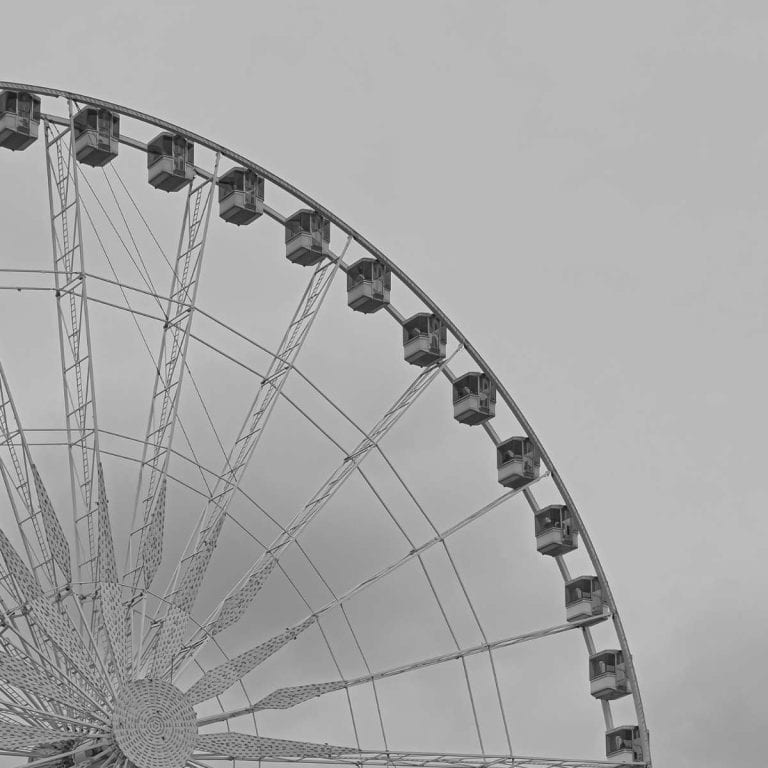Resilience in Learning: Choosing Principles Over Prescription
I hope you enjoy this reflection on resilience in learning. It’s been one of the keys to freedom and creativity for me.

I sort of abandoned technique somewhere along the way.
I don’t think I even noticed the shift. It was more of a slow dissolve than a hard break. I used to teach dance classes like the ultimate technician. Not that I was ever naturally precise myself, but I could teach technique with fervor. Alignment, placement, turnout, I knew the language and structure like the back of my hand.
Recently, I joined a ballet class after years being away from it. My dance friends convinced me to go, so I figured I’d give it a try. Somehow, though, it wasn’t the same as I remembered. After a few weeks, my body began to yell at me. Hip and knee pain developed along with some extreme tightness.
It occurred to me why ballet had quietly slipped out of my practice in the first place.
It felt…unnatural.
Ballet is a dance technician’s dream. It’s highly specific. Bodies are expected to conform, often treated as if they all have the same capabilities, proportions, and joint structure. It’s not built for intuition. If you’re not aligned just so, or if your turnout doesn’t meet the ideal, the physics start to break down. And when the mechanics break, so does the body.
This type of technical system is fragile. If a ballet dancer’s hip or knee gives out, her time on stage is over. There’s little room for deviation, adaptation, or personal context.
What I crave is a holistic way of being. I want to learn resilience, to let go, listen, move with my body/mind/spirit rather than against them. I want to learn to go with the flow. Literally.
In permaculture, there’s an understanding that every piece of land is completely unique. Its soil, wildlife, microclimates, terrain, and even its history all have distinctions that no other site have. There’s no one-size-fits-all method, no checklist of steps that magically works everywhere. Instead, the focus is on principles and patterns, universal truths that can be adapted based on the context of the land.
That’s resilience.
It’s like making lasagna without a recipe. You know the general framework (layers, noodles, sauce, cheese, etc.). But maybe you swap ricotta for yogurt, or zucchini for pasta, or throw in greens from the garden because that’s what you’ve got. You’re not beholden to a list, you’re responsive to your reality.
How often do we buy a bunch of ingredients for a specific recipe only to use half and watch the rest wilt in the fridge? It’s a fragile way to live, dependent on exact conditions being met. But when we understand the underlying principles of a dish, or a dance, or a life we become far more adaptable. Far more resilient.
So what happens when you’ve lost the recipe? Or sustained an injury?
Going off technique alone can feel like safety, but it can also be a form of fragility. It assumes ideal conditions. It forgets that life, bodies, seasons, and resources are constantly shifting.
I have been contemplating how to build resiliency in my life to adapt to the ongoing change process.
I’ve found that choosing principles, patterns, and context leads to far more sustainability than clinging to a specific methodology.
Of course, technique has its place. If something is completely foreign to us, a tutorial can be a beautiful entry point. But eventually, the question becomes:
When do we drop the technique and start reclaiming our intuition?





